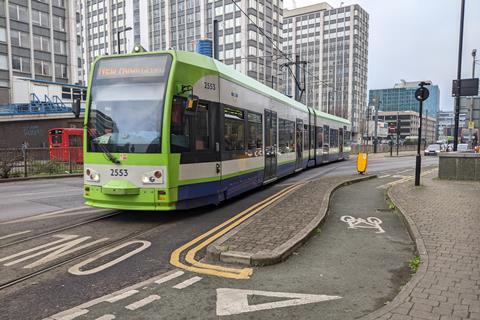
UK: The Office of Rail & Road has made six recommendations after assessing whether the Light Rail Safety & Standards Board is on track to deliver the recommendations set out by the Rail Accident Investigation Branch following the fatal tram derailment in Croydon in 2016.
ORR’s review found that LRSSB is providing guidance and tools to improve the light rail sector’s understanding of risk, but highlighted the need for a long-term strategy and clear governance and funding arrangements.
ORR’s six recommendations are:
- tram operators, owners, and infrastructure managers should continue to support the role of a safety and standards body for the light rail sector;
- LRSSB should review and update its terms of reference to clearly define its role and purpose;
- LRSSB should review — in consultation with its members, the Department for Transport and ORR — the current model of voluntary membership and adoption of LRSSB outputs;
- LRSSB should strengthen its collaboration with a broader range of stakeholders including trades unions, RSSB, highway authorities and vehicle manufacturers;
- LRSSB should — in consultation with DfT and ORR — develop a long-term strategy to clearly define the governance arrangements;
- ORR should consider whether there is a continuing need for any memorandum of understanding or agreements in relation to light railways and tramways.
‘We’ve been monitoring the progress of LRSSB since it was established in 2019’, said ORR’s HM Chief Inspector of Railways Ian Prosser on March 28. ‘We can see there is real value in continuing to have a safety and standards body that meets the specific needs of the light rail and tramway sector.’
‘We invited the ORR to carry out a review of the LRSSB’s work during its first three years of operations, and we now welcome the feedback contained in this report’, added LRSSB Chief Executive Carl Williams. ‘Moving forward we are committed to implementing its recommendations and, as the LRSSB continues to grow and evolve, we look forward to working with an even broader range of organisations from across the sector to continuously drive safety improvements through standardisation, collaboration, research and shared best practice.’



